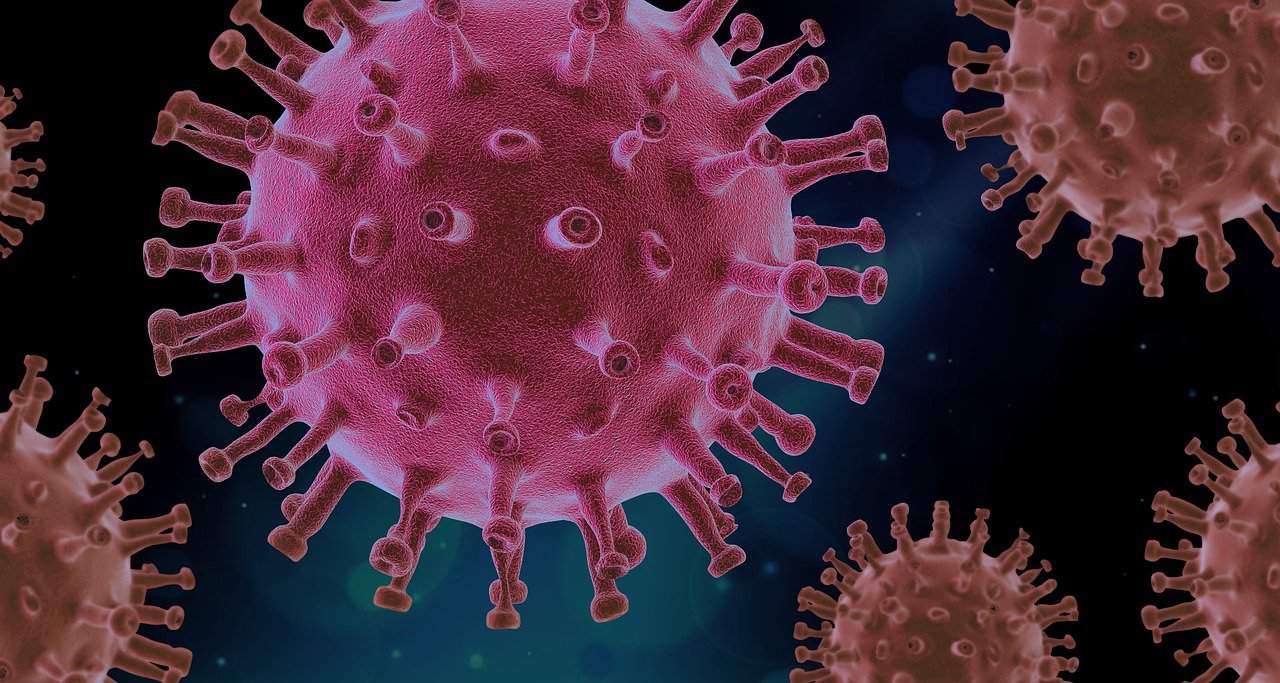
Viruses can be very dangerous for us. Recently there has been a lot of talk about them. But what do we know about viruses and is there really anything to be afraid of? In the following article we present facts about viruses and treatments for the diseases they cause.
Viruses are organic molecules with a rather complex structure. They do not have their own cellular structure and consist of proteins and nucleic acids. According to scientists, viruses are pathogenic, that is, they cause disease, both in humans and animals. Not all viruses are dangerous to us, but some can cause serious diseases, such as infectious hepatitis, AIDS, and rabies. Viruses contribute to smallpox and foot and mouth disease. Their origin is not completely known. Most theories report that viruses arise from DNA and RNA molecules. The study of viruses is the subject of virology.
A distinction can be made between DNA and RNA viruses. There is no genome that links the two types of viruses.
Viruses are complex organic molecules because they have no cells of their own, only proteins and genetic material. Because their structure is very complex, they can mutate and transform into another type of virus, which is why they are dangerous to us.

Viruses can be divided into animal viruses, such as HIV, influenza, and rubella. These are highly specialized molecules, which means they can attack the cells of specific organs. Symptoms of influenza are severe headache, muscle pain and fever. Smallpox, on the other hand, can cause skin lesions and itching. There is also fever and weakness. Viruses travel between organisms by air.
Plant viruses are made up of RNA and take on a rod-like shape. They penetrate the body through damaged tissue
Bacteriophages are viruses that attack bacteria. They enter the bacterial cell and destroy it. The virus enters the cells whole, and the genetic material is released in the process of protein burning
Viruses have no standard classification or systematics. They have characteristics of both animate and inanimate matter. They can multiply, but they also inherit variability, which gives them the ability to evolve. Viruses not only undergo their own evolution, but they can also mutate. By attacking a “host” organism, they can multiply rapidly. Outside their host organism, they are completely dormant and passive. Viruses do not have enzyme systems, so they cannot synthesize proteins on their own.
Viruses, although they multiply and mutate rapidly, are fortunately not indestructible. There are drugs that can destroy them before they can wreak havoc on the body. In the case of viruses, targeted antibiotics are most often used, which only work on a particular type of virus. So a good diagnosis is important. There are also vaccines for familiar viruses, such as the influenza virus, that counteract infection and boost our immunity. Viruses are very sensitive to heat, UV light and protein denaturation.
Research is still being done on viruses and their effects on the human body, hence new vaccines to help combat the spread of viruses
Photo PIRO4D/Pixabay